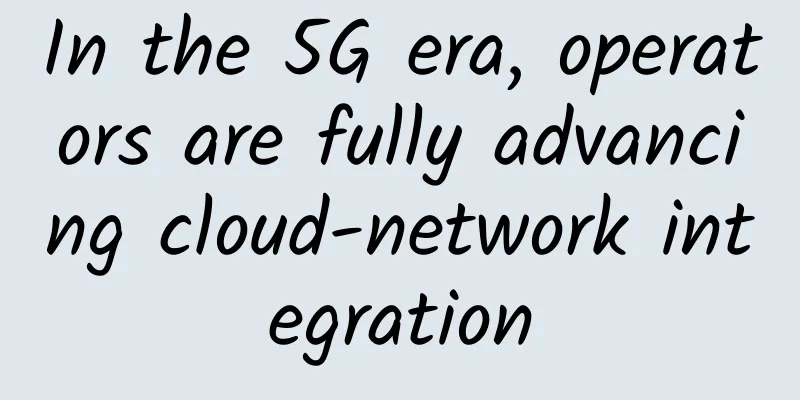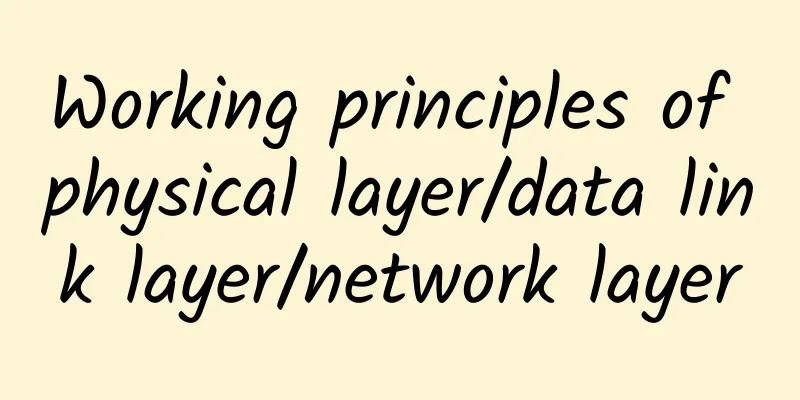Will there be any problems if the algorithms on both ends of a switch link aggregation are inconsistent?

What is Link Aggregation?Link aggregation is a technology that bundles multiple physical links into one logical link to increase link bandwidth and redundancy. Depending on whether the Link Aggregation Control Protocol LACP is enabled, link aggregation is divided into two aggregation modes: "static" and "dynamic (LACP)".
Today I will talk about "static aggregation". The aggregation algorithm is indispensable for configuring static aggregation. There are mainly: based on destination IP, based on destination MAC, based on source destination IP, based on source destination MAC, based on source IP, based on source MAC. Then there is a classic question: Will there be any problem if the algorithms at both ends of the switch link aggregation are inconsistent? As shown in the following figure: Problem AnalysisLet me tell you the answer first: Let's take a brief look at the algorithm logic: the switch will hash the MAC and IP address fields in the data frame into a HASH-KEY value, and then find the physical outbound interface in the aggregation forwarding table to send it out. To ensure that the same data stream is forwarded on the same physical link, why must it be consistent? To prevent the address table of the other end from drifting. Therefore, the switch's aggregation algorithm only determines TX (transmit) and has nothing to do with RX (receive), as shown below: When PC1 and PC2 communicate, SW1 can forward PC1's data to SW2 from different outbound interfaces based on different algorithms; SW2 doesn't care whether you come from port 1 or port 2, it only cares whether the data flow from PC1 to PC2 is continuously maintained on the same physical link. Otherwise, if PC1 comes from port 1 and port 2, wouldn't the address table of SW2 be disordered? The direct result of disorder is communication abnormality; Similarly, when SW2 transfers the data from PC2 to SW1, SW1 will not care which port you give it to me. It only cares about "whether you can always give it to me through this physical port". Therefore, under the standard convergence algorithm of the switch, inconsistent algorithms at both ends will not affect communication. |
Recommend
HostKvm Hong Kong B Zone 40% off, $5.1/month KVM-2G memory/40G hard disk/1Gbps bandwidth
HostKvm is a Hong Kong VPS provider founded in 20...
LOCVPS: 30% off US XEN architecture VPS, 20% off all VPS, Japan/Singapore XEN architecture monthly payment starting from 29.6 yuan
LOCVPS sent a promotional plan for XEN architectu...
HPE (Aruba) Named a Leader in Gartner® 2022 Magic Quadrant™ for Enterprise Wired and Wireless LAN Infrastructure for the 17th Consecutive Year
Aruba, a Hewlett Packard Enterprise (NYSE: HPE) c...
ABI Research: LoRa will lead non-cellular LPWA growth in the next five years
LoRa will lead the growth of non-cellular low-pow...
Is there still a market for pure 4G mobile phones?
According to a report by China Business News, Hua...
What systems does weak current system integration mainly include?
1. Computer Network System Engineering In intelli...
The battle of 1G to 5G, the communication reshuffle is about to begin
Recently, there has been a big conflict between H...
Wu Hequan: IPv6+ is an important tool for the third phase of large-scale deployment of IPv6
[[423701]] The large-scale deployment of IPv6 in ...
LOCVPS: Hong Kong Confederation/Cloud VPS bandwidth upgrade, 20% off, 2GB memory package starting at 44 yuan per month
LOCVPS (Global Cloud) adjusted and upgraded the b...
Snapchat QUIC Practice: Small Protocol Solve Big Problems
Friends who are familiar with the Internet should...
Huawei launches intelligent network to unleash the power of ultra-broadband with intelligence
[51CTO.com original article] Hangzhou, China, Oct...
[11.11] CMIVPS annual promotion VPS host 50% off, Hong Kong large bandwidth/direct line monthly payment starts from US$3.5
CMIVPS released a Double 11 promotion plan, which...
The Evolution of Hybrid Workplace Networking
The past few months have significantly changed th...
After 2G network withdrawal, the results began to show
After a short period of stagnation, telecom busin...
As the 5G era approaches, mobile bearer networks face new challenges
As 5G commercialization approaches, 5G technology...









